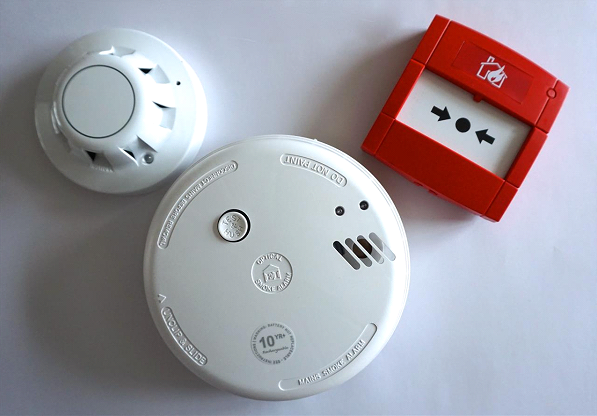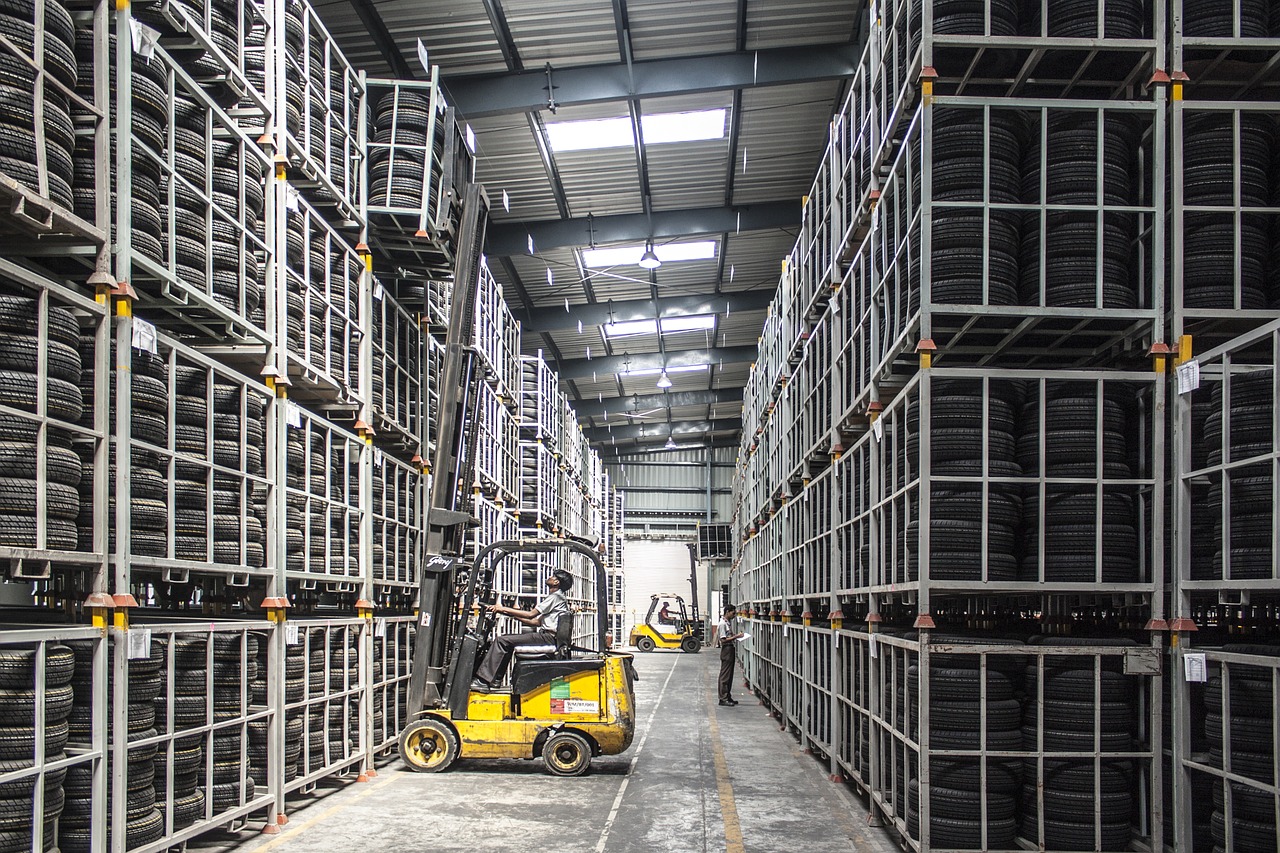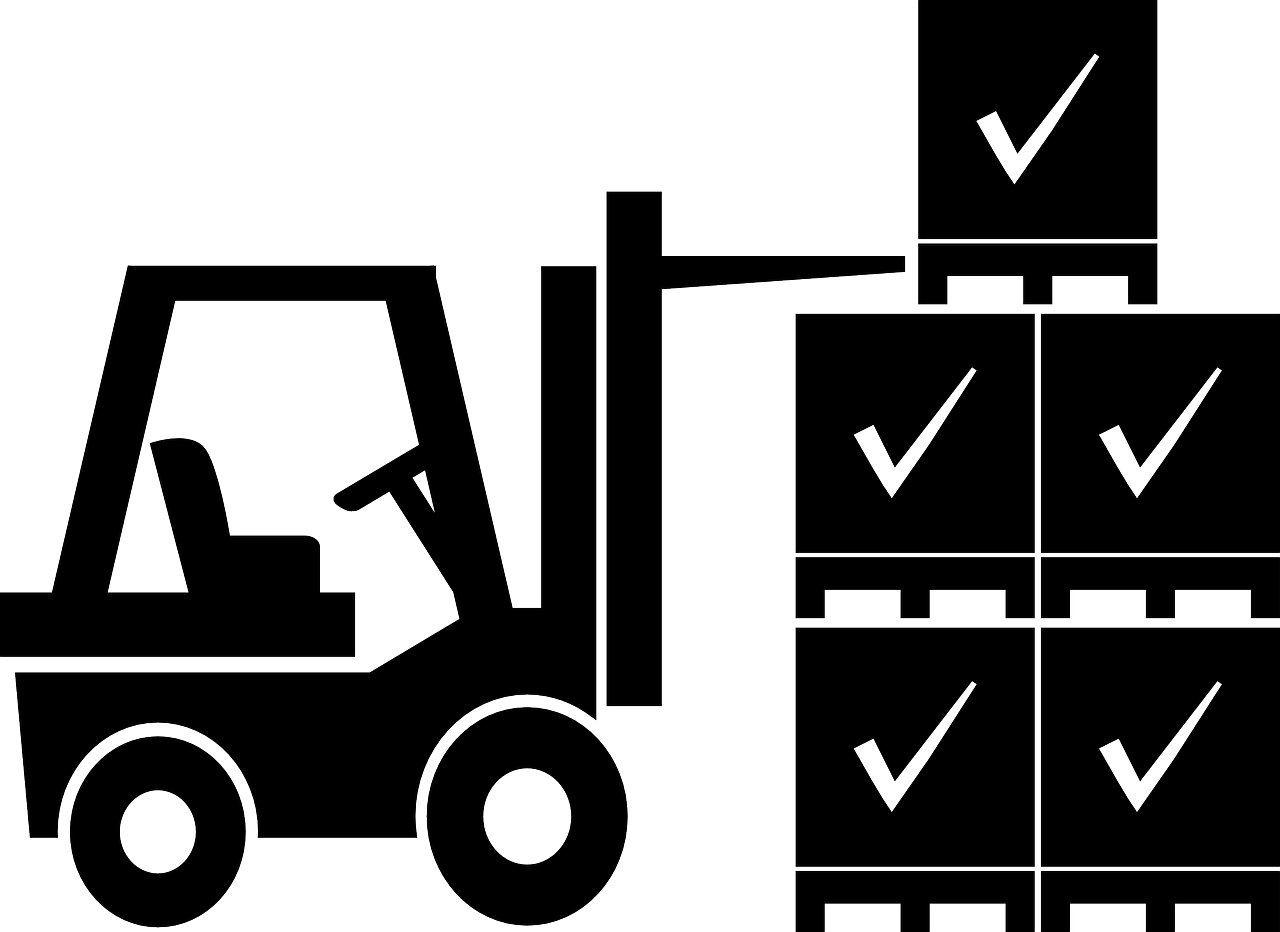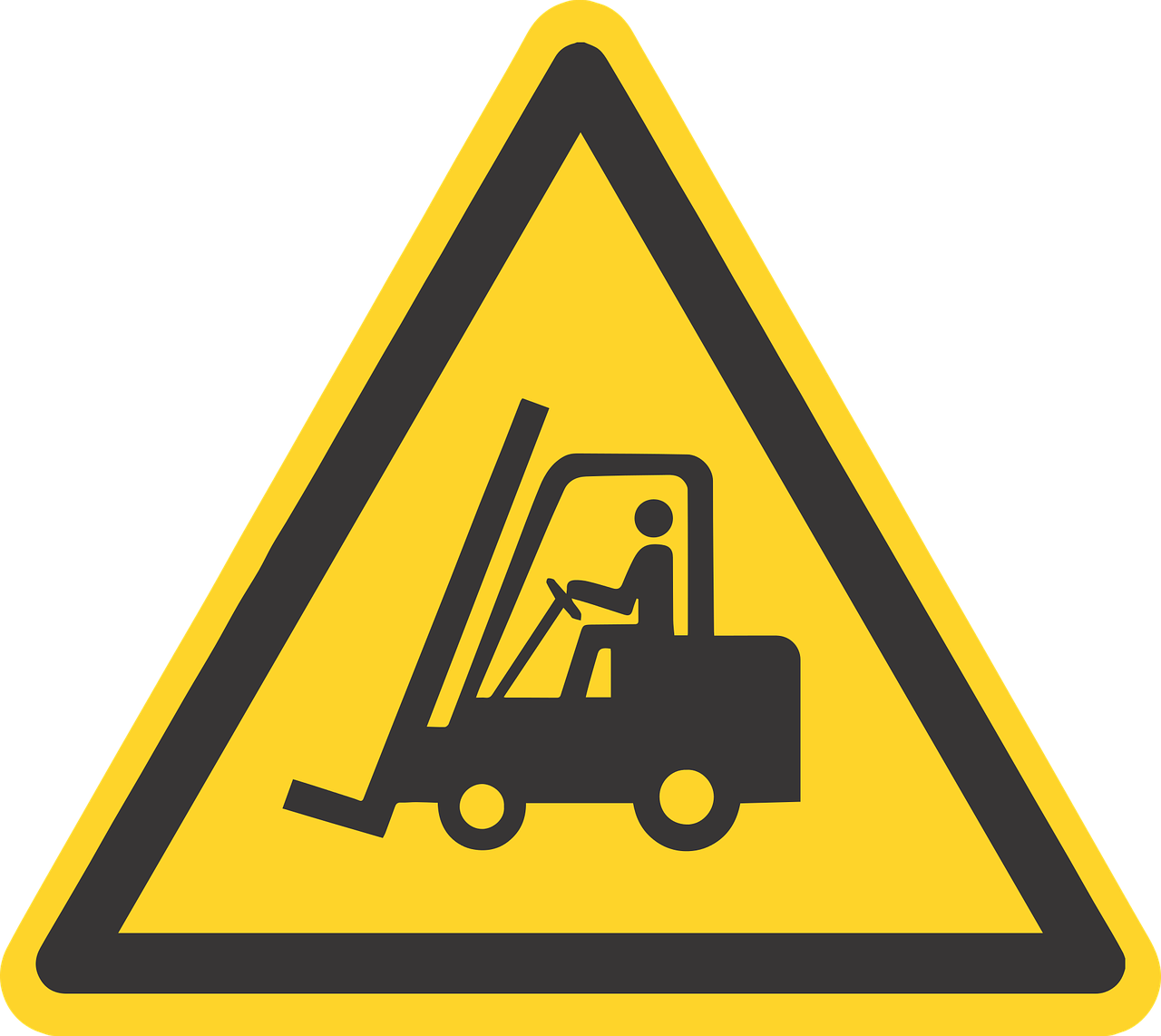Hospitality workers dedicate their lives to the comfort and convenience of their patrons. As a result, however, this often means sacrificing their own health and safety. Despite the seemingly sheltered work of restaurant employees, there are countless hazards to look out for in the food service industry.
Unlike with construction, restaurant workers are required to account for their own safety, as well as the safety of the people they’re serving. In restaurants, safety has as much to do with physical hazards as illness-related ones. That’s why diligence and proper training are absolutely essential in the food service industry.
There are ten approaches to ensuring a well-oiled and well-maintained restaurant environment.
Wear the right attire
The number of ways one can injure themselves in a restaurant are countless. Burns, cuts, and slips occur on a regular basis in food service – whether your work is in the kitchen or in the front of the house. For this reason, all restaurant workers should wear non-slip shoes at all times. Spills occur far too regularly.
Non-slip shoes should be closed toe. Falling knives and spraying oil can pose a serious danger. Meanwhile, kitchen staff should wear “cut gloves”, an industry coined term for cut-resistant gloves, and some sort of eyewear to prevent against splashes of oil or grease.
Get your contamination education
Microbes love to travel, and contaminated restaurant surfaces are one of the leading causes of foodborne illness. It’s crucial that you clean food prep surfaces regularly, and that surfaces used for meat and poultry are kept separate from those used for produce.
Employees should be aware of how to avoid being the instigators of food-borne illness. For this reason, kitchen employees should wear hairnets and latex gloves when preparing and cooking food. Furthermore, management should enforce hand-washing between activities, before and after breaks, after using the restroom, and so on.
Take fire safety precautions
It’s no surprise that kitchens attract grease fires. While a fire alarm and sprinkler system are useful, a fire suppression system is the best solution. This is a system that connects the range hood and gas line, so that the fuel source is immediately cut in the event that the system is tripped.
Furthermore, all staff members should be aware of the nearest fire extinguishers and emergency exits. Since they will be responsible for the well-being of the customers also when the time comes, preparedness will be absolutely necessary.
Invest in the proper signage
Wet floors are a permanent fixture in most restaurants. Spills are commonplace and floors are regularly mopped, which means wood, tile, and linoleum surfaces become slippery. Wet floor signs will protect workers and customers against slips and falls.
Learn correct carrying techniques
Especially for servers, correct carrying techniques are important. Heavy trays can cause irreversible back and muscle strain if not carried correctly. For starters, avoid awkward postures. Many servers carry trays at shoulder height on the tips of their fingers, but this places excessive strain on your arms and back. Trays should be carried lower, about waist-level, and supported by the forearm.
Large boxes and storage containers should also be dealt with delicately, and workers should always request help from their peers when possible. Many restaurants buy food products in bulk, which come in heavy crates and boxes.
Know the limitations for young workers
The food industry is filled with minors – and while restaurant work is great experience for teens, there are limitations to what they can do. For starters, teens that are 14-15 years of age cannot cook, bake, operate cooking machinery (blenders, food processers, etc), or go into freezers and meat coolers.
Individuals under the age of 18 also are not allowed to serve alcohol, and in general should stick to serving only already prepared foods (baked goods, packaged goods) and beverages.
Understand storage & stacking standards
In general, OSHA classifies falling objects as one of the biggest workplace hazards. For this reason, heavy items in restaurant storage areas should be stored at the bottom of shelves, lightest objects on top, and most frequently used items in the middle for easy access.
Furthermore, to prevent the risk of using expired products, older products should be stored up front and newer products toward the back.
Use proper cleaning techniques
Abrasive, chemically-laden cleaners should be avoided for cleaning food prep and cooking surfaces. These kinds of cleaners often leave a chemical film that transfers to the food itself. Restaurant workers should clean surfaces with simple soap and hot water, saving chemical cleaners for floors and exteriors.
Use degreaser sprays to clean stovetops at the end of each workday, so as to lower the risk of a grease fire. For commercial ovens, baking soda and vinegar is all that’s needed. Commercial oven cleaners are toxic, and food residue must be removed to prevent build-up and fire danger.
Keep ventilation & refrigeration in check
Kitchens that quickly become hot and smoky may be suffering from poor ventilation. Poor ventilation in restaurants can cause severe health consequences in employees. Overheating and heat stroke are one major result, as OSHA recommends an optimal workplace temperature of 68-76 degrees Fahrenheit for maximum productivity.
Poor ventilation also increases the likelihood of fires, however, and a warm and humid environment only increases the growth of bacteria – and the attraction to pests. Vent hoods and functional HVAC systems are a must in restaurants, and employees should operate them at all times when cooking.
Refrigeration is also a major factor in food safety, as improperly stored raw meats and perishables can transmit diseases. In restaurants, all refrigerators should be kept below 40 degrees Fahrenheit for optimal food storage.
Take the certification courses
The ServSafe food service certification course, and alcohol certification courses, are required by most restaurants of their employees. These courses go into the aforementioned points in depth, and even address additional risks you may have not thought of.
As new viruses and strains come into play, these courses keep employees updated on how to prevent their spread. Furthermore, they delve into the basics of pest control and Department of Public Health requirements for managers.
On the outside, it may not seem like restaurants carry abundant safety hazards, but they do. The dangers of improperly handled food and slippery surfaces are equally devastating, so training for all levels of food service employment (from managers to kitchen staff) is fundamental to a restaurant’s success.
Ellie Batchiyska is a writer for TIPS, an online alcohol certification program used by bartenders and servers to ensure the proper service, sale, and consumption of alcohol.


 Liam Smith is a young and aspiring Australian blogger with a passion for everything related to home, and offline business He has a B.Sc. in Interior design and is an avid reader.
Liam Smith is a young and aspiring Australian blogger with a passion for everything related to home, and offline business He has a B.Sc. in Interior design and is an avid reader.





